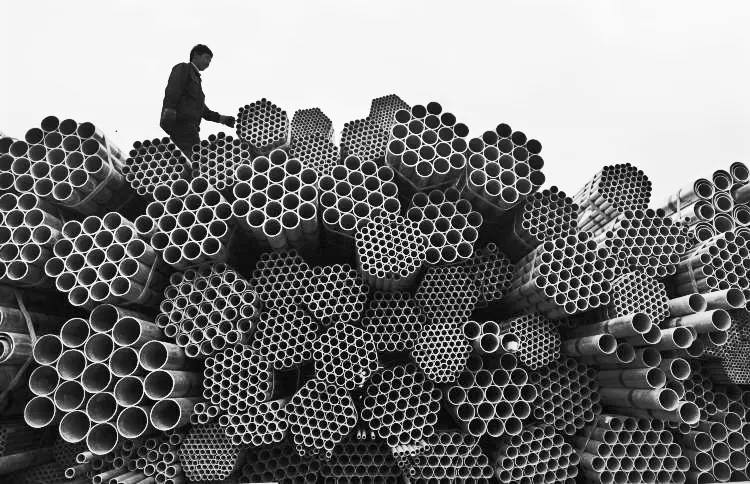Global – 2015 remains ‘one of the most challenging years’ on record for the stainless steel recycling industry, according to the chairman of the BIR stainless steel & special alloys committee Joost van Kleef.
The stainless steel scrap market has been affected by high stocks of finished stainless goods as well as by ever-weaker and ‘unsustainable’ pricing for all alloying elements. ‘Availability of stainless scrap will be duly influenced,’ he insists. ‘At current price levels, all raw material producers – primary as well as secondary – will not be able to supply sufficient amounts of product at profitable levels. Price levels of underlying alloying elements must increase in order to secure a continuous flow of raw materials.’
China is continuing to maintain stainless production levels despite its economic slowdown and South Korea’s appetite for scrap remains ‘steady’ as it attempts to keep ratios at 55% and above. Production levels are being maintained by the latter ‘although demand is weaker’, it is reported. ‘There has been a distinct shift from 400 series to 300 series on the back of all but non-existent demand.’
Scrap generation has been ‘badly affected’ by economic difficulties across Asia. Large and smaller merchants are ‘feeling the heat’ and margins ‘have totally vanished’. The economy in India is strong compared to those of many of its counterparts in Asia, with result that it has ‘retained a strong appetite for stainless steel scrap’.
The stainless scrap market in the USA, meanwhile, is said to remain ‘mired’ in negativity amid ‘low prices, limited supply availability, poor margins and reduced consumer demands’. Although the country’s major producers are continuing to purchase scrap on a monthly basis, volumes and pricing are lower as order books and margins reflect the high levels of competition for limited sales, not least from imports.
Across into Europe, scrap prices in Italy have fallen to levels at which many dealers prefer to hold back on sales and to wait for ‘a possible rebound’. The resulting scrap shortage has forced steelworks to lower their scrap ratios and has prevented those dealers supplying steelworks from accumulating their normal volumes. Competition for the small scrap quantities available is described as ‘fierce’, prompting a ‘sharp’ decrease in operating margins.
In 2015, UK production of stainless steel has been matching last year’s levels, with demand for finished product aided by the EU anti-dumping duties on China and Taiwan. As a result, demand for scrap has ‘remained strong’ whereas raw material availability has continued to be ‘tight’.
Demand for scrap has also been significant in the Middle East but most yard owners and scrap dealers are ‘reluctant to sell their stocks at such low price levels’.
Meanwhile in Russia, the government has recently pursued attempts to restrict scrap exports in order to benefit local consumers. But after a series of consultations with BIR Ambassadors and in line with World Trade Organization obligations, it is claimed that Russia ‘will not impose any ban on scrap exports’ as this would be ‘unnecessary and inefficient’.
This article is based on the latest Stainless Steel & Special Alloys World Mirror produced by the BIR world recycling organisation for the benefit of its members.
Don't hesitate to contact us to share your input and ideas. Subscribe to the magazine or (free) newsletter.



